You are here
Twisting and winding through seven states and two countries, the Colorado River provides over 30 million people with clean municipal water, irrigation for agriculture and ranching, and recreation. From its humble beginnings in La Poudre Pass, high in the Southern Rocky Mountains, the stream becomes a river that churns nearly 14.7 million acre-feet of water through the watershed each year. Surprisingly, the Colorado River system didn’t become part of the United States until 1846. It remained largely unexplored until late in the 19th century.
Perhaps the most infamous expeditions raised to explore the uncharted river were led by John Wesley Powell. A soldier, scientist, and explorer, Powell was probably the first to recognize the true nature of the arid landscape and to advocate for judicious use of its water. If Powell’s recommendations had been heeded, the Colorado River basin (and its water beneficiaries) would look drastically different today.
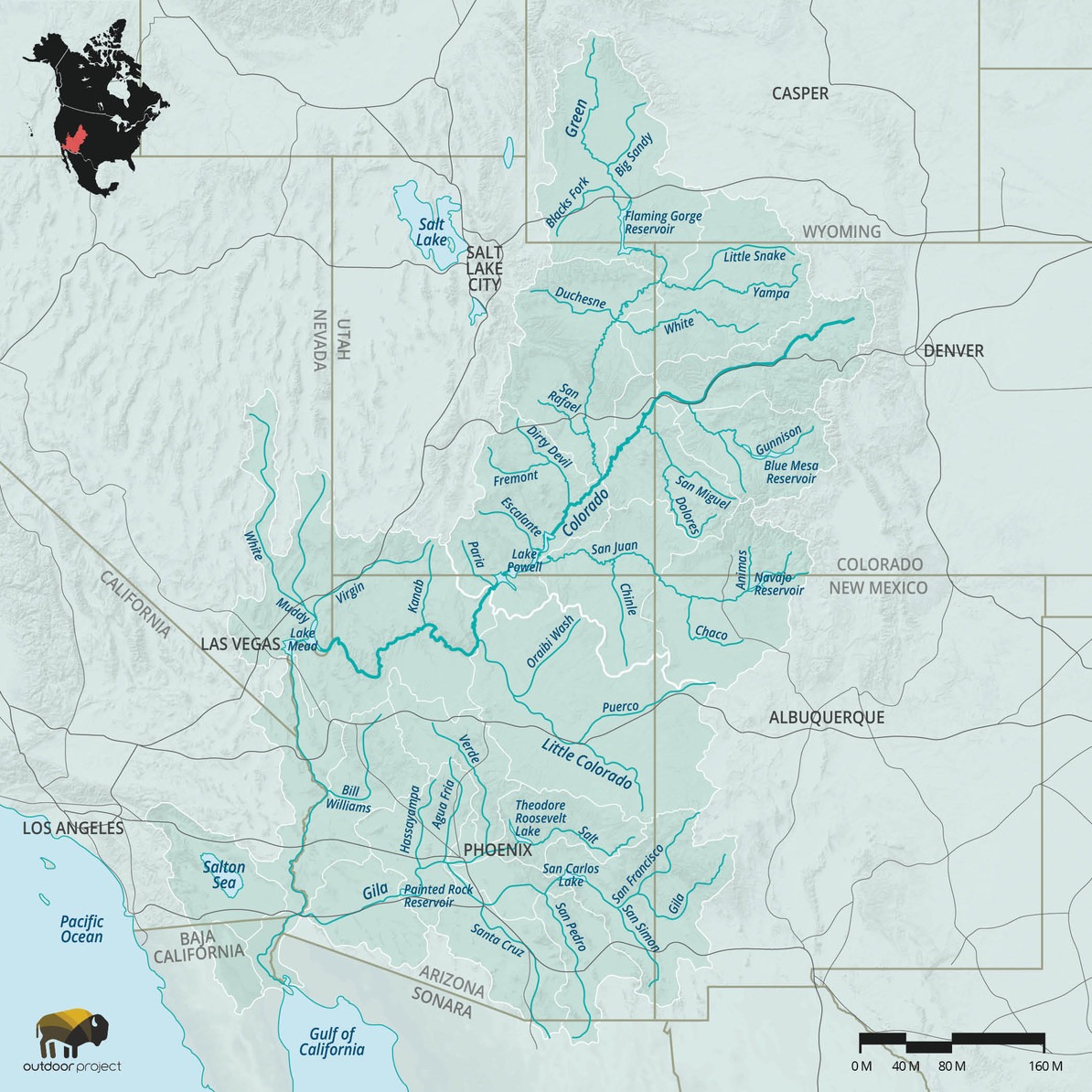
The Colorado gains its strength from a number of rivers that are popular with recreationalists of all stripes, including the Gunnison, Green, Yampa, Chaco, San Juan, and Gila, among others. The range of scenery that these tributaries and the main river passes through attracts river rats, backpackers, and canyoneers alike to its banks. In Utah, the predominate landscape is slickrock and curving sedimentary rock canyons. In Canyonlands National Park (one of 11 national parks the river bisects), the Green River joins to roar through narrow canyons like Cataract Canyon.
It is in Glen Canyon that a critical piece of water management history has played out. The flooding of Glen Canyon was controversial for the loss of a gorgeous river rafting line and the dam that forced its flooding. Increasing population raised demand for water, and the dam was felt to be a solution. Glen Canyon Dam forms the massive Lake Powell, a source of hydroelectricity for over 20 million people in the Southwest. In spite of the seemingly large volume of water that flows through the ecosystem, the Colorado River watershed struggles to meet demands every year. The final major dam in the U.S. is the Imperial Dam. Water is diverted here to be sent to California and the Imperial Valley where it is used for supporting intensive agricultural practices. Water is used so intensively in the United States now that it is a rare year indeed when any of the Colorado River actually reaches the sea. The last 100 miles of the river are routinely dried up. This has international implications as Mexico also relies on the waters of the Colorado.
Agriculture is not solely to blame for the water woes. Increased population has put a demand on resources throughout the seven states. Competing interests between recreation, extraction industries, and cities have pulled water in multiple directions as well. Once the effects of climate change are added to the mix, there’s just not enough water to go around. As water allocation is based on measurements taken in a particularly wet 1922, current water amounts are nowhere near the previous levels.
In two successive pieces we’ll be exploring more of the Colorado River system, the environmental challenges it faces, and what that means for recreation. As we explore the water use and conservation issues, we’ll take a look at what is at stake along the Colorado and what can be done to help protect it for future generations.
For more information about the Colorado River watershed, follow the rest of the series here:

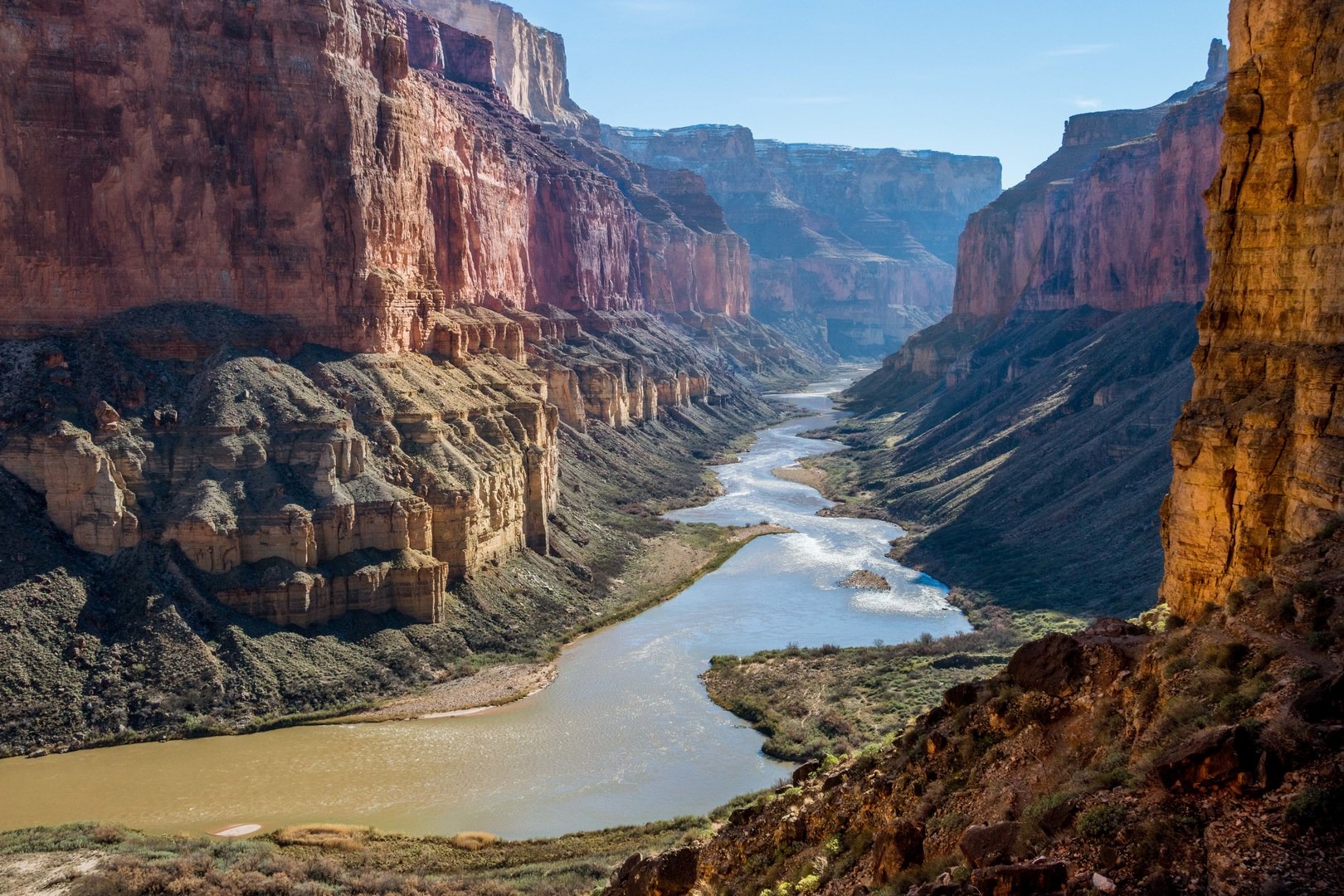
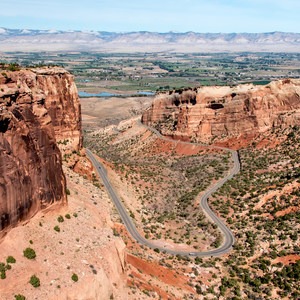
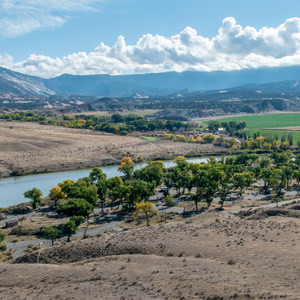
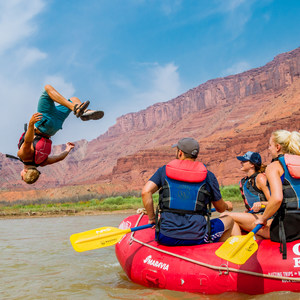
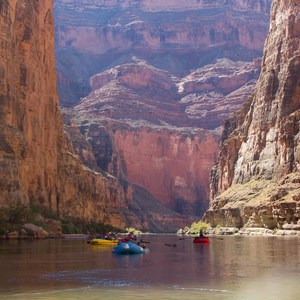



Comments
Sign In and share them.